Ben Turner is a U.K. based staff writer at Live Science. He covers physics and astronomy, among other topics like tech and climate change. He graduated from University College London with a degree in particle physics before training as a journalist.
Maggie Aderin-Pocock never imagined she'd become one of the United Kingdom's most famous scientists. Best known for co-hosting the BBC's astronomy TV program"The Sky at Night," the space scientist and broadcaster rose from unlikely circumstances to pursue her dreams.
Maggie Aderin-Pocock: I can't remember a time when I wasn't interested in space, and I think that's because I was born in 1968. The moon landing was in 1969, so I was brought up in that hubbub of excitement where everything was about going to the moon and people exploring the moon — so that was the baseline.
By submitting your information you agree to the Terms & Conditions and Privacy Policy and are aged 16 or over.Related: James Webb telescope watches ancient supernova replay 3 times — and confirms something is seriously wrong in our understanding of the universe Infrared light can penetrate clouds and dust and debris which visible light cannot. And with its very large telescope mirror, gives us high resolution. Resolution is the key, because with good resolution, it means that two objects that in a smaller telescope would look like a fuzzy blob appear as two distinct objects. So you get a better image quality of the universe.
James Webb is a space telescope, it has a heat shield, gray sheets that protect it from infrared radiation coming from the sun and Earth. It also has a mirror, the light gathering power of the telescope. On board, there are four instruments and NIRSpec is one of them. MAP: I was looking at the book earlier, and one would have to be the Pillars of Creation. It's when you hear of the scale of it, our entire solar system can fit inside those pillars. It's hard to conceive how big and glorious they are.
But people don't say why do we study history, or why do we do philosophy or art? One day we might get an answer to whether we're alone in the universe. That's a question that's fundamental in every culture across the world. And we're using the means we have to try to discover this. The other thing is that the oldest stone circle isn't even Stonehenge, and it actually sits on African soil. It's called Nabta Playa in Namibia and it's about 7,000 years old, so 2,000 years older than Stonehenge. If we go further back, in Aberdeenshire, Scotland, there are a series of pits and each one corresponds to the phase of the moon — these are 10,000 years old. And yet they dug them because astronomy was important to them.
United States Latest News, United States Headlines
Similar News:You can also read news stories similar to this one that we have collected from other news sources.
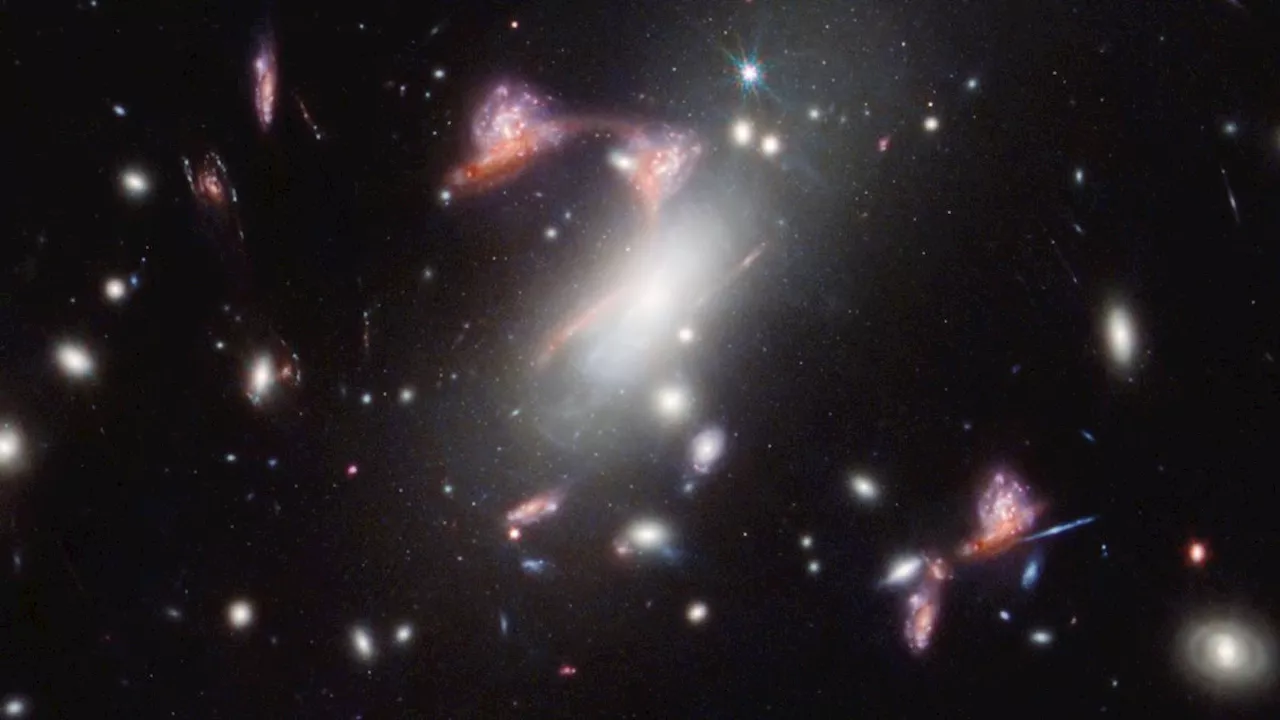 James Webb Space Telescope zooms in on giant question mark in space (image)Sharmila Kuthunur is a Seattle-based science journalist covering astronomy, astrophysics and space exploration. Follow her on X skuthunur.
James Webb Space Telescope zooms in on giant question mark in space (image)Sharmila Kuthunur is a Seattle-based science journalist covering astronomy, astrophysics and space exploration. Follow her on X skuthunur.
Read more »
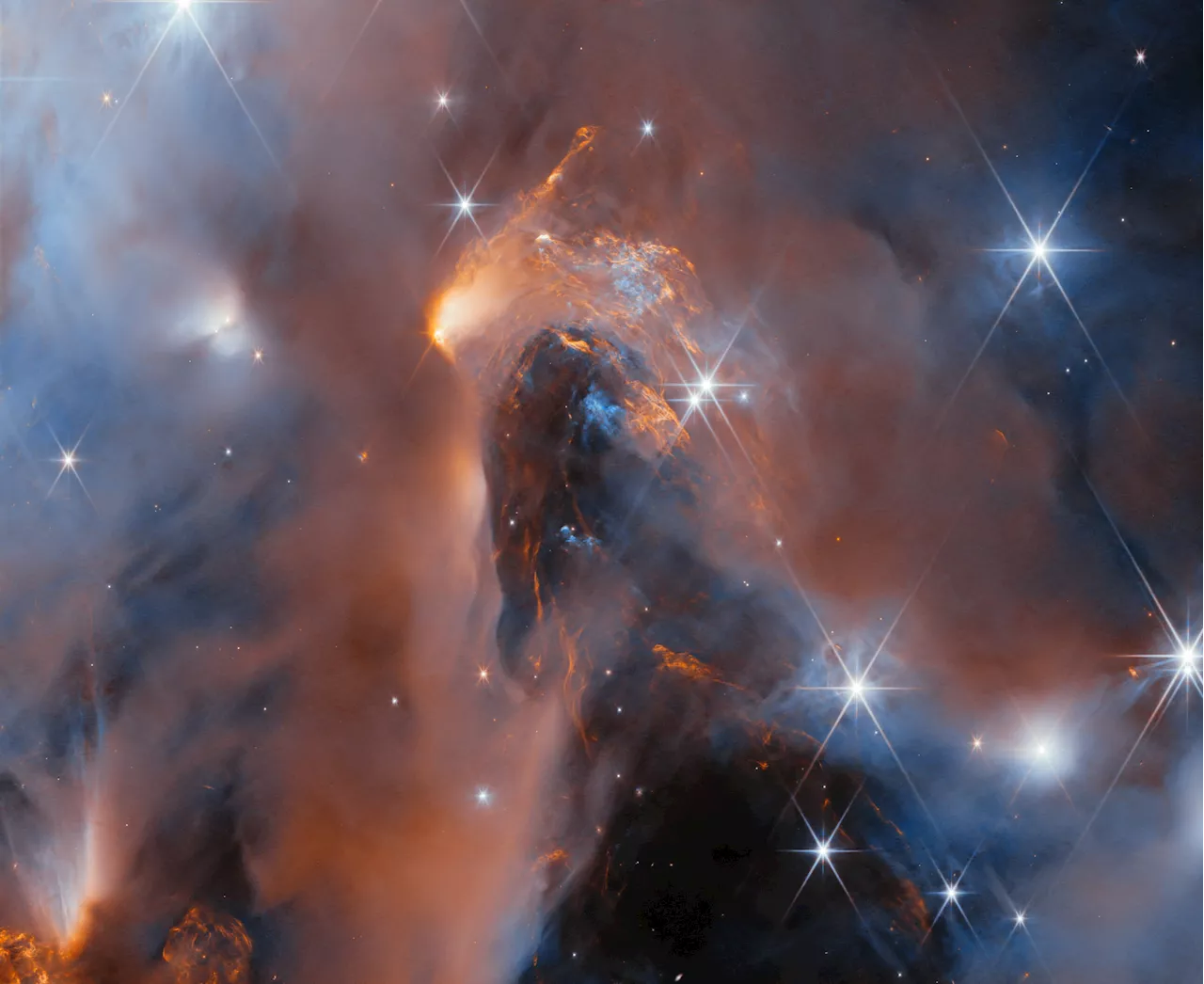 Image: James Webb Space Telescope observes nearby star-forming region NGC 1333 in infraredNASA's James Webb Space Telescope has infrared vision that lets us peer through the dusty veil of nearby star-forming region NGC 1333.
Image: James Webb Space Telescope observes nearby star-forming region NGC 1333 in infraredNASA's James Webb Space Telescope has infrared vision that lets us peer through the dusty veil of nearby star-forming region NGC 1333.
Read more »
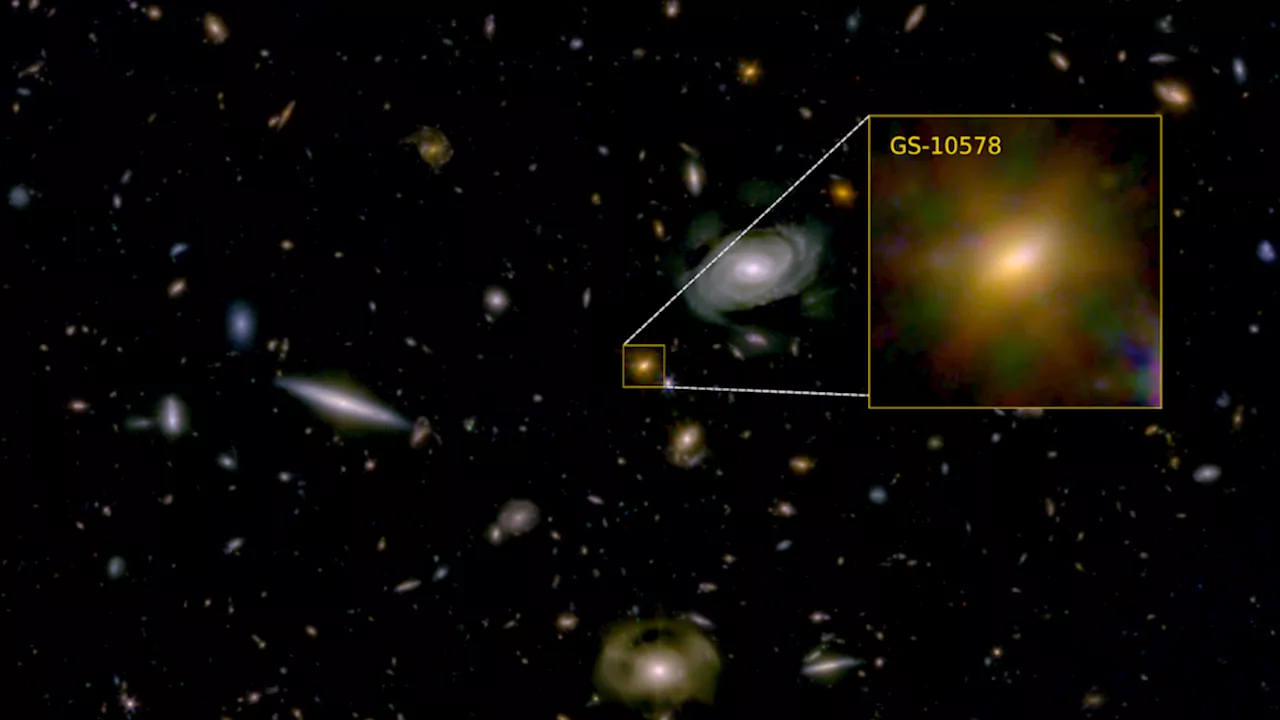 James Webb Space Telescope witnesses a black hole 'killing' its galaxy (photo)Robert Lea is a science journalist in the U.K. whose articles have been published in Physics World, New Scientist, Astronomy Magazine, All About Space, Newsweek and ZME Science. He also writes about science communication for Elsevier and the European Journal of Physics. Rob holds a bachelor of science degree in physics and astronomy from the U.K.
James Webb Space Telescope witnesses a black hole 'killing' its galaxy (photo)Robert Lea is a science journalist in the U.K. whose articles have been published in Physics World, New Scientist, Astronomy Magazine, All About Space, Newsweek and ZME Science. He also writes about science communication for Elsevier and the European Journal of Physics. Rob holds a bachelor of science degree in physics and astronomy from the U.K.
Read more »
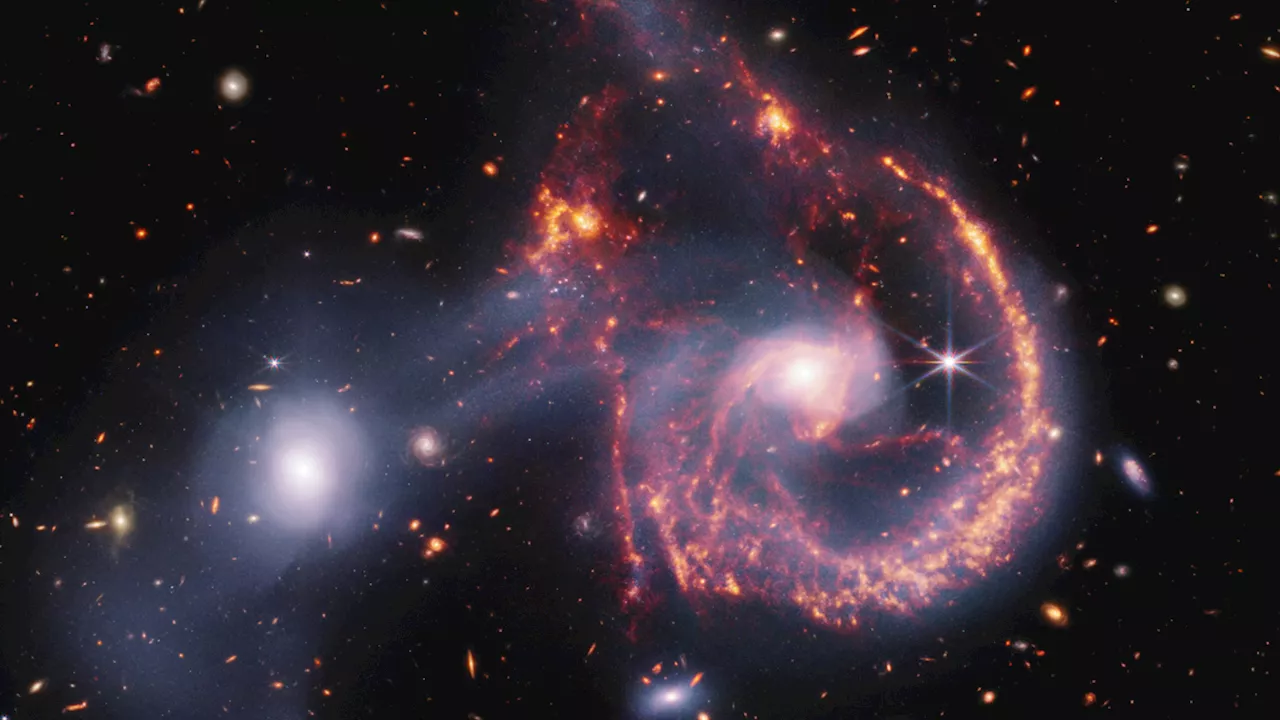 James Webb Space Telescope witnesses a 'smiling' galactic collision (images)Robert Lea is a science journalist in the U.K. whose articles have been published in Physics World, New Scientist, Astronomy Magazine, All About Space, Newsweek and ZME Science. He also writes about science communication for Elsevier and the European Journal of Physics. Rob holds a bachelor of science degree in physics and astronomy from the U.K.
James Webb Space Telescope witnesses a 'smiling' galactic collision (images)Robert Lea is a science journalist in the U.K. whose articles have been published in Physics World, New Scientist, Astronomy Magazine, All About Space, Newsweek and ZME Science. He also writes about science communication for Elsevier and the European Journal of Physics. Rob holds a bachelor of science degree in physics and astronomy from the U.K.
Read more »
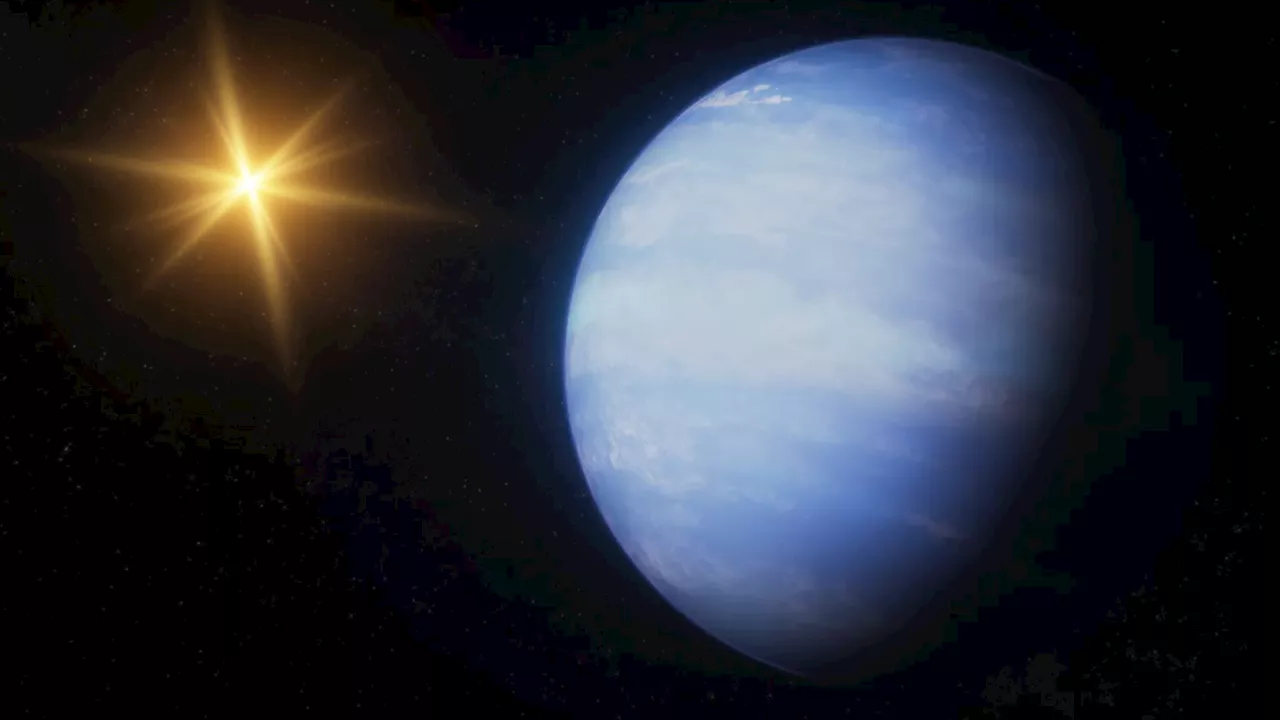 James Webb Space Telescope finds 'puffball' exoplanet is uniquely lopsidedRobert Lea is a science journalist in the U.K. whose articles have been published in Physics World, New Scientist, Astronomy Magazine, All About Space, Newsweek and ZME Science. He also writes about science communication for Elsevier and the European Journal of Physics. Rob holds a bachelor of science degree in physics and astronomy from the U.K.
James Webb Space Telescope finds 'puffball' exoplanet is uniquely lopsidedRobert Lea is a science journalist in the U.K. whose articles have been published in Physics World, New Scientist, Astronomy Magazine, All About Space, Newsweek and ZME Science. He also writes about science communication for Elsevier and the European Journal of Physics. Rob holds a bachelor of science degree in physics and astronomy from the U.K.
Read more »
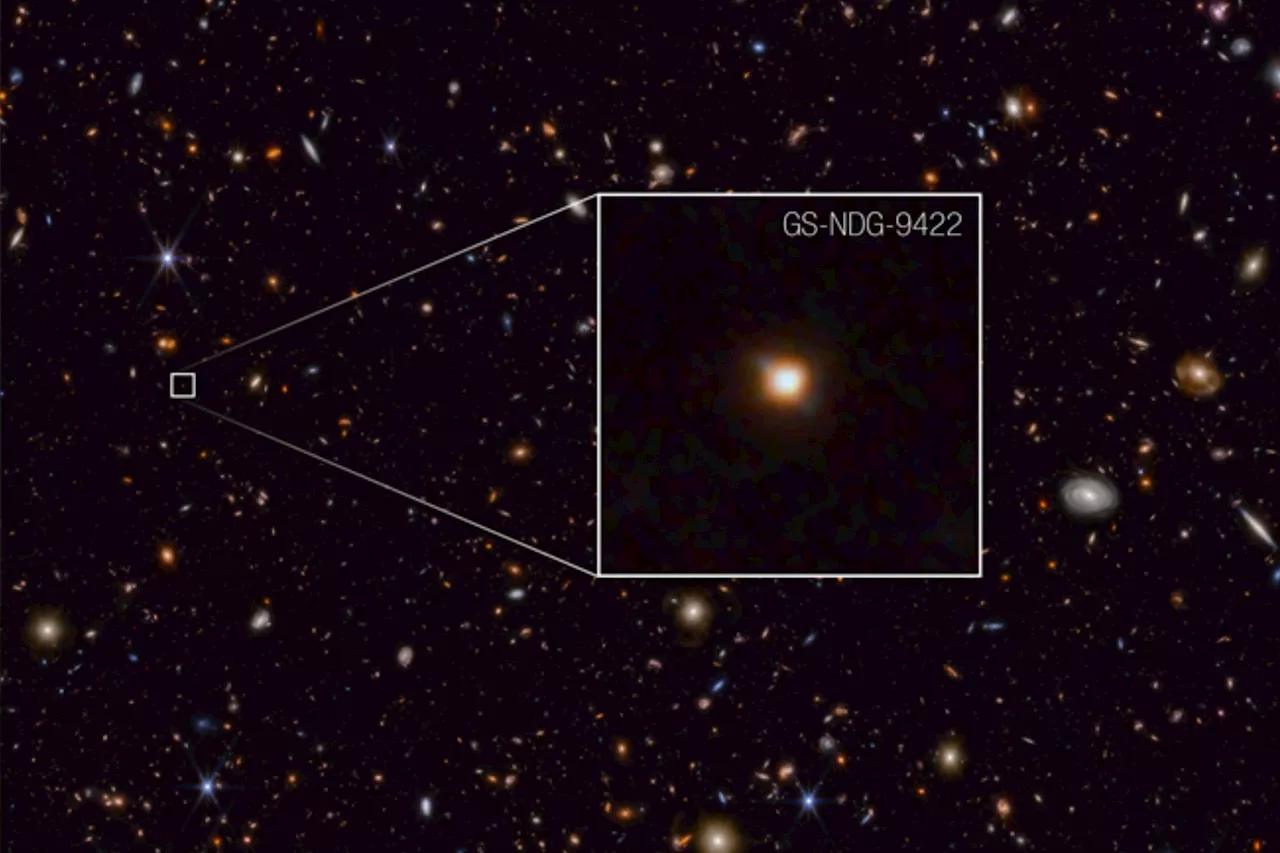 'Weird' Ancient Galaxy Discovered by James Webb Space TelescopeThe gas clouds of galaxy GS-NDG-9422 have been observed shining brighter than its stars, something which is very rare, astronomers say.
'Weird' Ancient Galaxy Discovered by James Webb Space TelescopeThe gas clouds of galaxy GS-NDG-9422 have been observed shining brighter than its stars, something which is very rare, astronomers say.
Read more »
